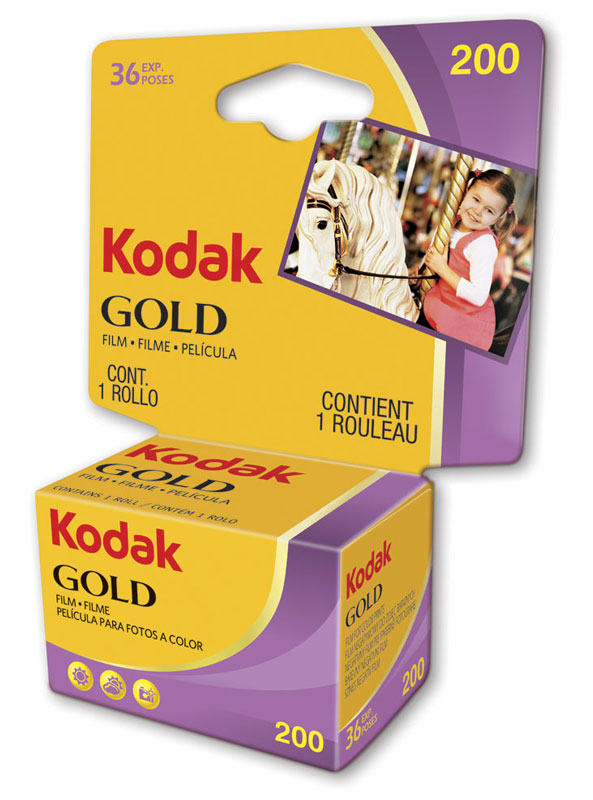Today’s Post by Joe Farace
..All that is gold does not glitter, not all those who wander are lost; the old that is strong does not wither, deep roots are not reached by the frost. S—J. R. R. Tolkien
 When you enter Colorado by car, you’ll see a big sign that says, “Welcome to Colorful Colorado.” I think that tag line stems from the word “Colorado,” which is the Spanish adjective meaning “colored red” or “ruddy” that describes some of the rock formations and soil in parts of the state. Colorado is not a colorful place in the Winter or early Spring, mostly its just shades of brown and the photograph you see in today’s post pretty much shows what I mean. But Hope Springs Eternal for colorful days ahead. (It’s supposed to snow today.)
When you enter Colorado by car, you’ll see a big sign that says, “Welcome to Colorful Colorado.” I think that tag line stems from the word “Colorado,” which is the Spanish adjective meaning “colored red” or “ruddy” that describes some of the rock formations and soil in parts of the state. Colorado is not a colorful place in the Winter or early Spring, mostly its just shades of brown and the photograph you see in today’s post pretty much shows what I mean. But Hope Springs Eternal for colorful days ahead. (It’s supposed to snow today.)
Thar’s Gold in them thar Film
Kodak’s Gold 200 is the company’s consumer-grade, medium-speed, ISO 200 daylight-balanced color negative film. The Gold family of films was introduced in 1997, so it’s been around for more than 25 years and is currently in its seventh generation that began in 2007. Kodak claims that Gold 200 is an “affordable color negative film,” and it can be, depending on where you purchase it, A three-pack of 36 exposures rolls costs $22.49 from B&H, as I write this. Amazon needs to pay for Bezo’s yacht so a single 24-expsoure roll will set you back $18, as I write this. The film is even available in 120 rolls and I would love to shoot some if I ever get a good medium format film camera/
Kodak Gold 200 offers a useful combination of vivid color saturation, fine grain, and image sharpness that seems ideal for daylight shooting. The film has a slight, maybe more than slightly warm bias—it’s called “Gold” for a reason—but I wouldn’t describe this minor color shift objectionable. Rather I would term it “pleasant.”

I shot a roll of fresh Kodak Gold 200 in my Canon AL-1 with 50mm f/3.5 macro lens during a recent photo walk with Mary. I sent the film to The Darkroom for processing and scanning. The film appears to have less exposure latitude than Kodak’s Ultramax 400 or Colorplus 200. When compared with those two, Gold 200 seems to have—depending on lighting conditions— less contrast with more subtle color and a surprising tonal range for a consumer grade film.
As far as grain is concerned. the film’s grain stricture appears “relatively fine” to my eyes. Kodak says that the film is well suited for enlarging or scanning and based on the 2048 x 3072 scans I received from The Darkroom I haven’t seen better scans from them for any of the previous black and white or color film that I’ve sent the lab.
The film can be easily pushed two stops to ISO 800, and pulled three stops to ISO 25 and still produce saturated prints and scans. If you’re not familiar with these terms check the text box below.
If you would like to send me a roll of film to review or any other stuff that could be used for these posts and my videos, Contact Me and ask for my shipping address. I’ll get back to you right away.